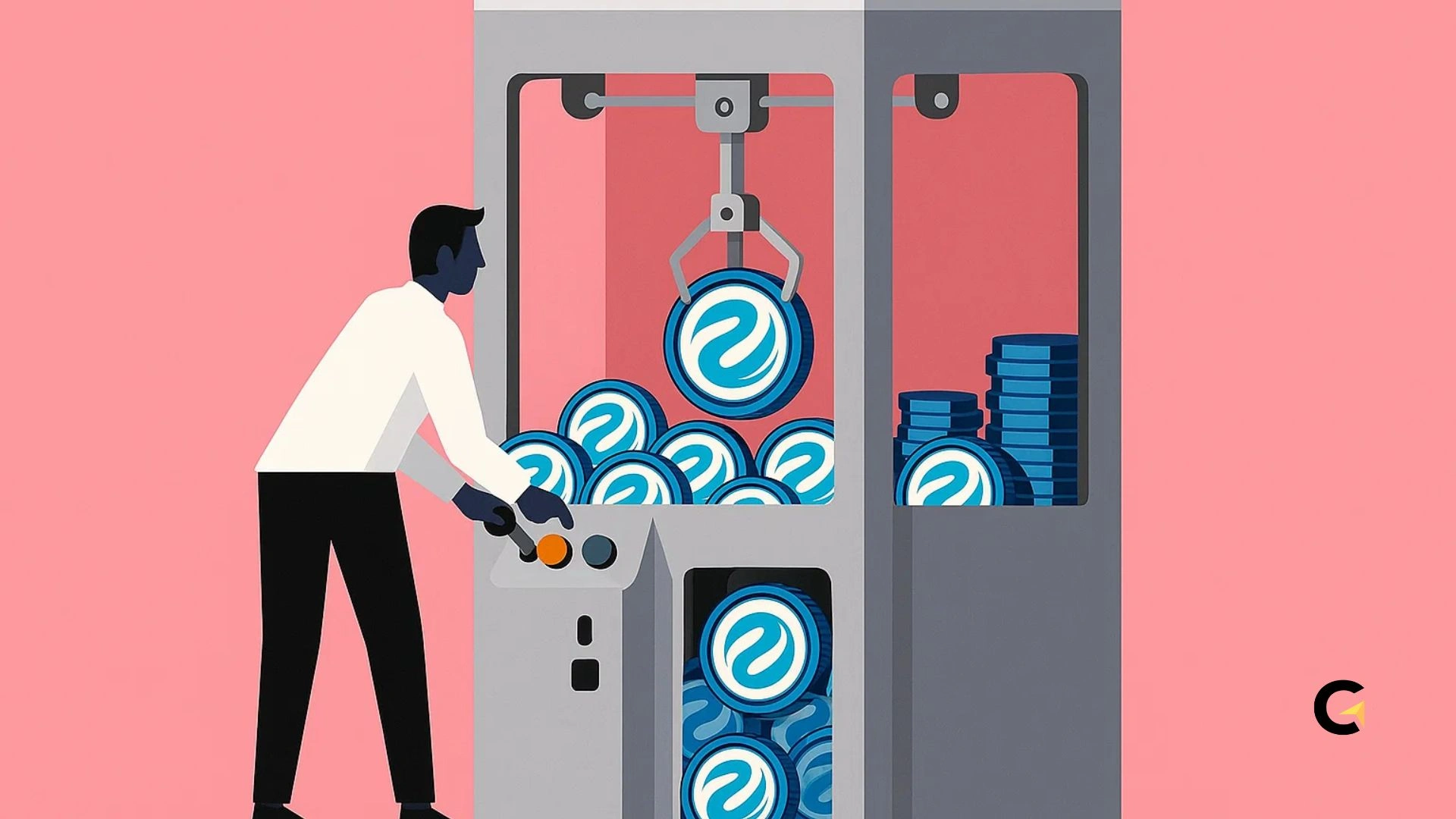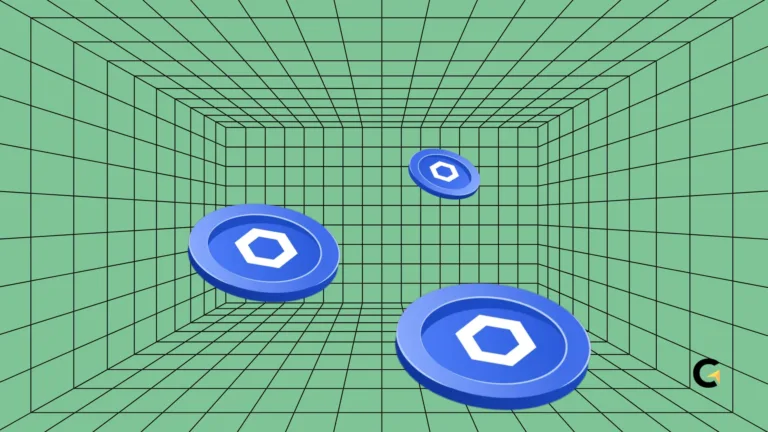Injective Coin Price Prediction 2030
Forecasting Injective’s (INJ) price in 2030 requires navigating wildly divergent expert projections and evolving DeFi dynamics. Experts forecast a range from $3.91 on the low end up to $500 at the high end.
By evaluating key catalysts, barriers, and technical signals, investors can better understand whether Injective will achieve DeFi dominance or fade among countless altcoins by the decade.
Key Takeaways:
Hide- DigitalCoinPrice.com: Projects INJ to average $63.82, range $56.94–$65.49 by 2030. (Source: DigitalCoinPrice.com)
- Benzinga: Forecasts a bearish $3.91–$4.90 range for 2030. (Source: Benzinga)
- CryptoNews: Suggests a range of $9.13–$20.65 in 2030 based on CoinCodex technical outlook. (Source: CryptoNews)
- Binance Users: Consensus points to $15.22 by 2030, reflecting bearish sentiment. (Source: Binance Community)
- DroomDroom: Very bullish projections of $400–$500 if RWA and DeFi growth persists. (Source: DroomDroom)
Does Injective (INJ) a Good Investment?

The long-term of Injective (INJ) trajectory to 2030 depends on balancing bullish catalysts against barriers such as regulatory crackdowns, market volatility, and competition.
However, technical indicators offer mixed signals over multi-year horizons, requiring probabilistic weighting of various factors to form a coherent and adaptable forecasting approach.
Catalysts for Growth
Injective’s potential rests heavily on several powerful catalysts:
- Real World Asset (RWA) Tokenization: The bull case envisions Injective as a premier infrastructure for tokenizing real-world assets—ranging from equities and bonds to commodities—on a decentralized platform. If demand for tokenized assets skyrockets, INJ could capture substantial trading volume and fee revenue, driving a significant price uptick by decade’s end.
- Continued DeFi Expansion: As DeFi’s Total Value Locked (TVL) grows, Injective’s Layer-1 architecture benefits from network effects, attracting liquidity and developers.
- EVM Rollup Integration: Planned upgrades to support Ethereum Virtual Machine (EVM) rollups can dramatically enhance Injective’s interoperability. Developers could seamlessly port Ethereum-based smart contracts, boosting dApp deployment and user adoption.
- Institutional Adoption: Hedge funds, asset managers, and even payment processors exploring DeFi could adopt Injective’s infrastructure for derivatives and asset trading. Institutional inflows often bring stability and credibility.
- Token Burn Mechanism: A programmed deflationary model, where a portion of trading fees funds periodic token burns, can induce supply contraction.
Barriers to Adoption
Despite promising catalysts, Injective faces formidable challenges that could limit upside:
- Regulatory Crackdowns: DeFi’s decentralized exchanges often operate in ambiguous or untested legal environments.
- Market Volatility and Crypto Cycles: Even robust fundamentals can be overshadowed by broader market downturns. A prolonged bear market—driven by macroeconomic tightening, equity sell-offs, or liquidity crises—could compress INJ’s price below critical support levels ($15–$20).
- Intense Competition: Multiple Layer-1 blockchains (e.g., Solana, Avalanche, Polkadot) and specialized DeFi DEXs (e.g., Uniswap, SushiSwap, dYdX) compete for the same user base. If competitors offer lower fees, superior throughput, or more user-friendly interfaces, Injective could lose market share, impairing network effects and token demand.
- Security Vulnerabilities: Smart contract exploits or network-level attacks can irreversibly damage reputation.
- Technological Setbacks: Delays or failures in executing the EVM rollup integration, zero-knowledge proof (ZKP) upgrades, or other core enhancements could erode developer confidence.
Technical Analysis Insights
Long-term technical forecasts tend to be less reliable than short-term charts, but certain patterns offer directional clues:
- Historical Price Patterns: Past cycles show INJ following broader crypto trends. A “cup and handle” formation emerged in late 2021, indicating potential bullish continuation—though it later failed to break decisively above the $40 resistance. In multi-year frames, stagnation around $20–$25 signals consolidation before the next macro impulse.
- Moving Averages: On a five-year chart, the 200-week Moving Average currently hovers near $15, serving as critical long-term support. A sustained close above the 50-week MA (around $30) would signal renewed bullish momentum. However, a bearish crossover of the 50- and 200-week MAs could foreshadow prolonged downside.
- Relative Strength Index (RSI): The 14-week RSI oscillating near 50 suggests equilibrium between buyers and sellers. Historically, readings below 30 have aligned with oversold conditions, marking accumulation zones. If the RSI dips below 40 in 2025–2026, that may offer a tactical entry point before a multi-year uptrend.
- Volume Profile: High trading volume clusters around $15–$20 indicate heavy accumulation zones. A breakout above $40 on strong volume could pave the way to $60–$80 levels. Conversely, a breakdown below $15 on rising volume would confirm a deeper bear phase.
Expert Projections Overview
Analysts and community sentiment vary drastically:
- Optimistic Projections: Starry-eyed forecasters (e.g., DroomDroom) envision INJ hitting $400–$500 by 2030, assuming explosive growth in tokenized real-world assets and unwavering DeFi adoption. Such projections rely on optimistic scenarios of mainstream DeFi acceptance and near-unlimited capital inflows.
- Moderate Forecasts: DigitalCoinPrice.com stakes a middle-ground prediction: an average of $63.82 by 2030, with a minimum of $56.94 and a maximum of $65.49. This view assumes steady but not meteoric growth—Injective captures a moderate slice of the DeFi market, with incremental network expansion and controlled supply inflation from token vesting.
- Community Sentiment (Binance Users): Typically bullish, Binance users temper expectations to $15.22 by 2030. This bearish-leaning sentiment reflects caution around regulatory uncertainty and an assumption that Injective may struggle against bigger, more established blockchains.
- Bearish Assessments: Benzinga paints a grim scenario, forecasting INJ at $3.91–$4.90 by 2030 if DeFi adoption falters, regulatory hurdles tighten, or the broader crypto market fails to sustain its relevance. This outlook presumes a crypto winter extending well into the late 2020s.
- Conditional Forecasts: Some services (e.g., Crypto.news referencing CoinCodex) anticipate a range of $9.13–$20.65 propelled by technical oscillators and historical cycles—neither outright bullish nor extremely bearish but reflecting typical market volatility and cyclical rotations.
Price Prediction
After weighing catalysts, barriers, technical signals, and expert opinions, a cautiously bullish forecast emerges. Injective’s high-conviction price target for 2030 is $60–$80, assuming:
- Successful Tokenization of Real-World Assets: A growing demand for tokenized equity and fixed-income instruments flows through Injective’s DEX infrastructure.
- EVM Rollup and ZKP Upgrades: Timely implementation of major upgrades fosters developer enthusiasm and yields a vibrant dApp ecosystem.
- Regulatory Clarity in DeFi: Favorable regulatory frameworks—or at least workable compliance models—allow decentralized exchanges to operate unimpeded.
- Steady Institutional Inflows: Hedge funds and asset managers allocate a modest percentage of portfolios to INJ for DeFi exposure.
Under downside scenarios—marked by protracted bear markets, failed technical upgrades, or harsh regulations—INJ could drift toward $3.91–$15.
Conversely, under best-case trajectories featuring exponential DeFi adoption, Injective might approach $400–$500, though such outcomes demand near-perfect execution and macro tailwinds.
This probabilistic target underscores the importance of flexible portfolio adjustments as new data emerges.
Consideration when Investing on $INJ

The following tips distill key considerations for informed decision-making in a long-term Injective’s investment through 2030.
- Set Multi-Tiered Alert Levels Establish alerts at key support and resistance zones ($15, $40, $60). Adjust position sizes or stop-loss orders when INJ approaches these levels to lock in gains or mitigate downside.
- Monitor On-Chain Metrics Track TVL growth, active addresses, and token burn rates. Rapid increases in TVL or on-chain activity can presage price rallies; conversely, stagnation signals caution.
- Stay Informed on Regulatory Developments Follow SEC rulings, global DeFi guidelines, and policy proposals. Incorporate news-driven trading thresholds to hedge against sudden legal headwinds.
- Diversify Within DeFi Exposure Limit INJ allocation to 5–10% of your crypto portfolio. Include correlated Layer-1 tokens (e.g., Solana, Avalanche) to spread protocol-specific risks.
- Utilize Dollar-Cost Averaging (DCA) In uncertain markets, accumulate INJ gradually between $15 and $30 to reduce the impact of volatility and avoid mistimed lump-sum purchases.
- Engage with the Injective Community Participate in governance forums to stay abreast of upgrade timelines, tokenomics changes, and partnership announcements that could influence price.
- Maintain an Exit Strategy If INJ breaches $15 on the downside amid negative fundamental shifts (e.g., major hack, regulatory ban), consider trimming exposure to preserve capital for redeployment.
How High will Injective Coin go by 2030?
Injective’s journey to 2030 remains uncertain, framed by high-stakes catalysts and formidable challenges.
Real World Asset tokenization and expanded DeFi adoption could drive demand, while EVM rollup integration may boost developer activity.
However, regulatory crackdowns, intense competition, and market volatility pose serious threats. Long-term technical patterns offer limited guidance, necessitating probabilistic assessments blending on-chain metrics and expert sentiment.
Investors should remain vigilant, adapting strategies to shifting macro conditions and protocol developments.
Finally, a cautiously bullish outlook places INJ in the $60–$80 range by 2030, though scenarios range from $3.91 on the bearish end to peaks near $500 under optimal conditions.







